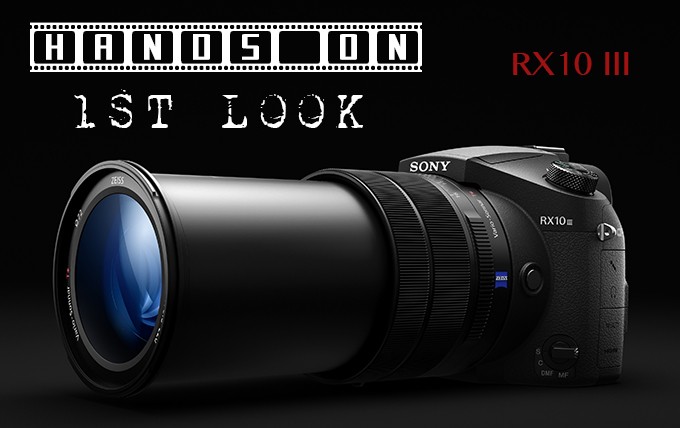
HANDS ON: Sony RX10 III. Some Samples & Thoughts
YOU CAN PURCHASE THE RX10III AT AMAZON OR B&H PHOTO
So yesterday myself and 20 other members of the digital imaging media world (DP Review, Imaging Resource, Popular Photography and others) met up with Sony in San Francisco for a very cool meeting where we learned of some of Sony’s future plans in the world of cameras, televisions, and even some other innovations. We were able to check out the new Sony camera gear as well and we all had a chance to use the new camera and lenses for a few hours. Yep, the all new RX10 III and the $249 50 1.8 as well as the new 70-300 G lens. Both lenses for full frame FE mount.
I also posted a live stream video to my Facebook showing off the new gear (you can see that here) but that was before I gave the RX10 III and the new 70-300 G and 50 1.8 a try. I’ve never been a HUGE HUGE fan of the RX10 series but now that the Mark III has this new amazingly versatile Zeiss lens – yep a 24-600mm (but the kicker is you can shoot at f/4 at 600mm, and f/2.4 at the wider end) and at 600mm you can easily handhold if you have decent light due to the optical steady shot inside which offers up to 4.5 stops.
The RX10III is full of all kinds of tech. From the standard expected things like the 1″ imaging sensor from the RX100 MKIV to the swivel LCD screen to the manual controls. It’s quick and responsive and quiet as well thanks to its electronic shutter capable of 1/32,000 S. In addition to this the RX10 III has killer 4K video capabilities, in fact, Sony is saying it will put out the best 4K video of any camera as it captures in 6K and then down samples to 4 for less moire and sharper details. The RX10III has this very impressive zoom lens that is the most versatile I have ever seen. A 24-600mm equivalent, and yes, at 600mm it is sharp and looks simply amazing.
An OOC JPEG at 600mm…handheld..click it for larger
The RX10 III opens up so many possibilities and it can do all of this wonderful stuff, like offer a 600mm equivalent lens thanks to the 1″ sensor. These days, 1″ sensors are VERY good. They have snap, pop, and the only weakness is for those who love shallow DOF, or massive Bokeh. This will never give you the DOF options of a full frame camera, but other than that, this camera ROCKS.
An out of camera JPEG
CLICK ON ALL IMAGES FOR BETTER VERSIONS
The RX10 Mark III also has some snazzy video features such as super slow motion capabilities that offer up to a 960 FPS capture. Of course, super slow motion is not available in 4K. But this slow motion is fantastic and used to only be seen in uber expensive video cameras. The RX10 MKIII has many strengths. In fact, some would say this could be the perfect all around one camera solution for serious amateurs, enthusiasts and pros.
Out of camera JPEGS from the RX1R III, click them for larger!
While it offers a ton of great things, it’s not perfect. I found that cameras using these 1″ sensors will never have the Dynamic Range of the larger sensor cameras. Makes sense right? If shooting in harsh sun, it can be tricky to avoid blowing highlights and they are not recoverable if blown too much. This portrait below looks a tad harsh in the highlights to me…on her face and chest. I should have dialed back the EV comp to avoid this, and I could have, but I thought I was exposed correctly. So while this is not an issue, you do need to take a little caution with these 1″ sensor cameras in these kinds of bright direct lighting.
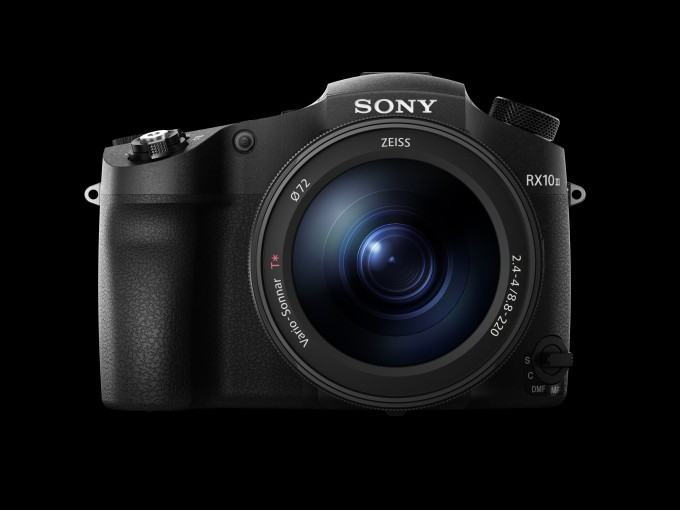
Dynamic Range is not up to par with larger sensor cameras but still excellent for a 1″ sensor. Below is a shot with the RX10III in direct sunlight, the RX10III burned some highlights..but it could have been avoided if I dialed in some EV comp.
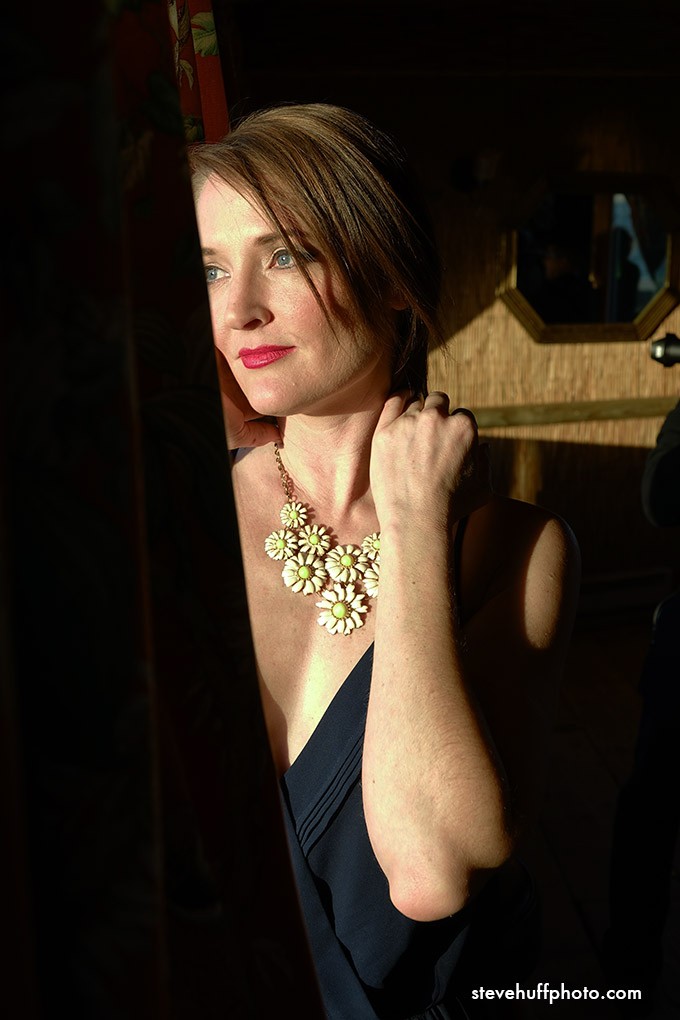
–
In comparison, the A7RII with the new $249 50 1.8 had no DR issues, as is to be expected from a $3000+ camera.. The new 50 1.8 at $249 is a fantastic buy..and the A7RII is a DR monster.. (my full review here) No tweaks here, just the OOC rendering.
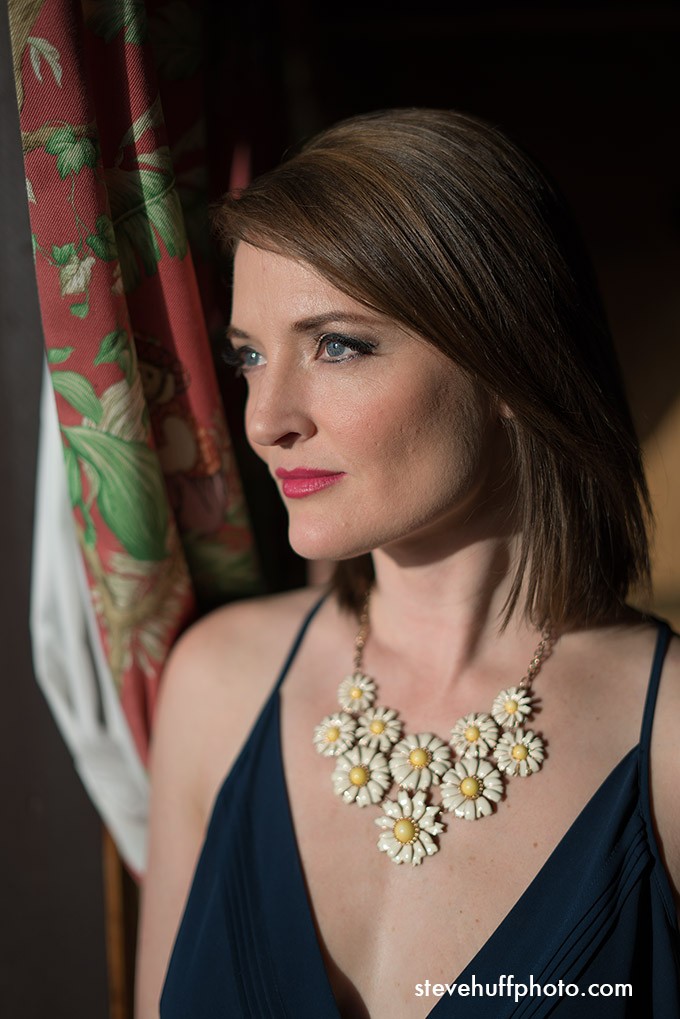
The power of the zoom.
Take a look at what 24mm looks like, and then 600mm. This is the range of the f/2.4-f/4 Zeiss Zoom on the RX10 III..
1st, 24mm

–
Same position at 600mm..
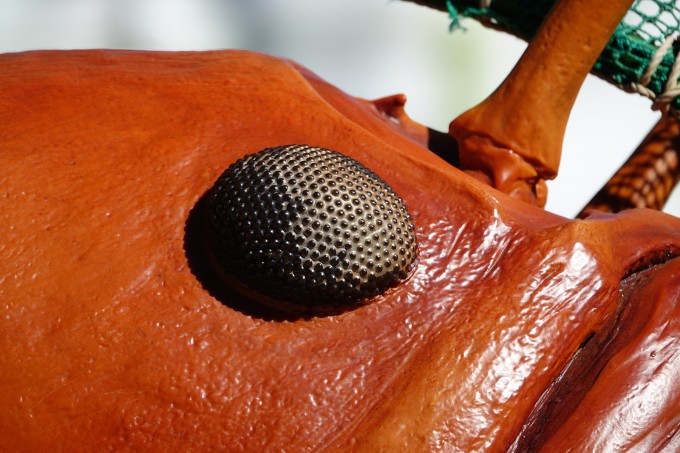
With 600mm, you have a TON of reach.
So while I enjoyed the new Sony RX10III quite a bit, I also really enjoy the new 50 1.8 and 70-300 lenses. I will have a 1st look report on those later today or tomorrow morning. I can say for now though that the RX10III is the best of the RX10 series to date. No question. With the new stunning lens capabilities, the slightly refreshed body (better grip), the impressive 4K video options, the optical steady shot inside, the super slow motion, EVF and loads of other goodies in this camera it will be well with the $1500 cost to many who are itching for a superzoom of super quality. It comes in at a couple hundred more than the Mark II (which is staying in the Sony lineup) and well worth it IMO.
Even I am considering buying this one as I could use it for video (of which I do a ton of outside of this page), and all kinds of amazing things. Having a 600mm reach on hand, in this size, is pretty incredible and this would be the main reason I would consider it myself. It’s a powerful camera, no question.
Look for more on the RX10III soon. You can pre-order the RX10III at B&H using the link below STARTING TOMORROW. It will be shipping in May, next month!
Pre Order the RX10 III at B&H HERE AT B&H PHOTO
A few more from the RX10 III. Enjoy! ALL are out of camera JPEGS
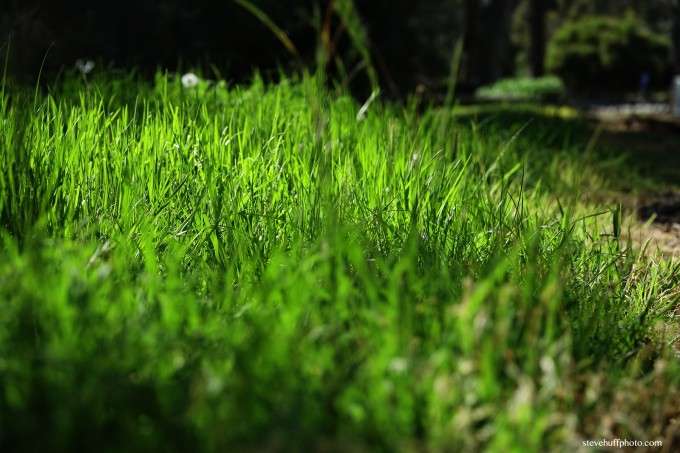

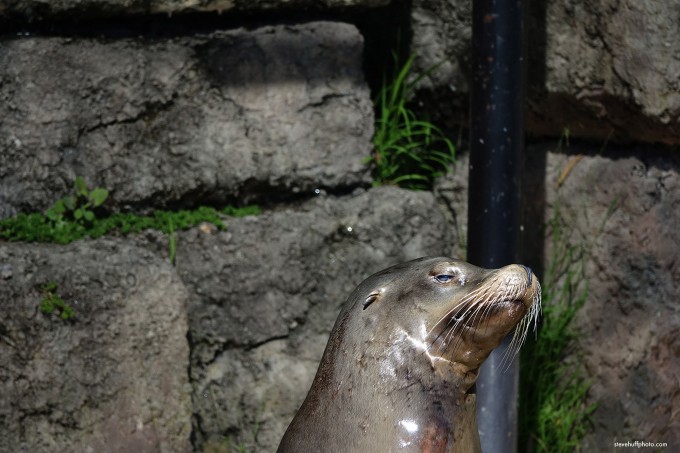

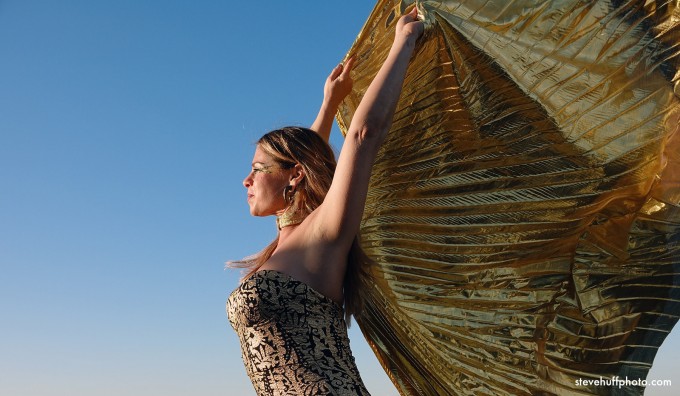
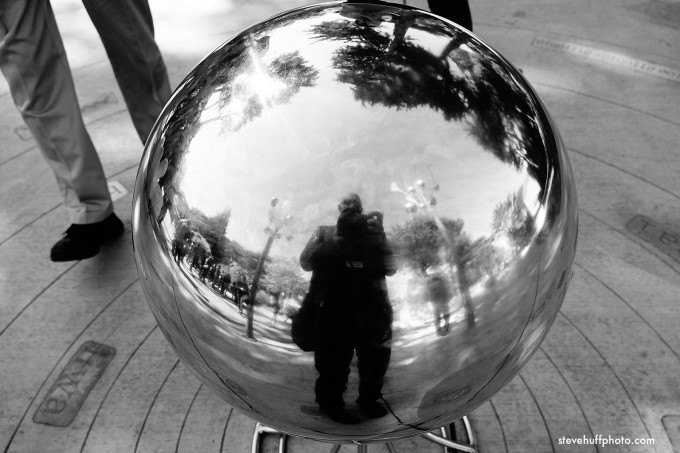
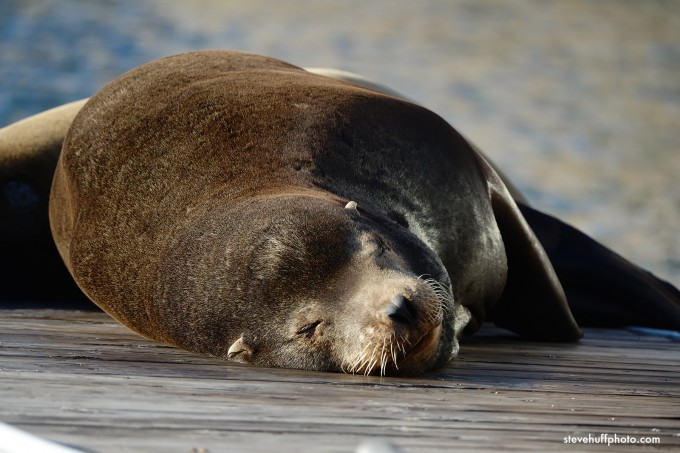

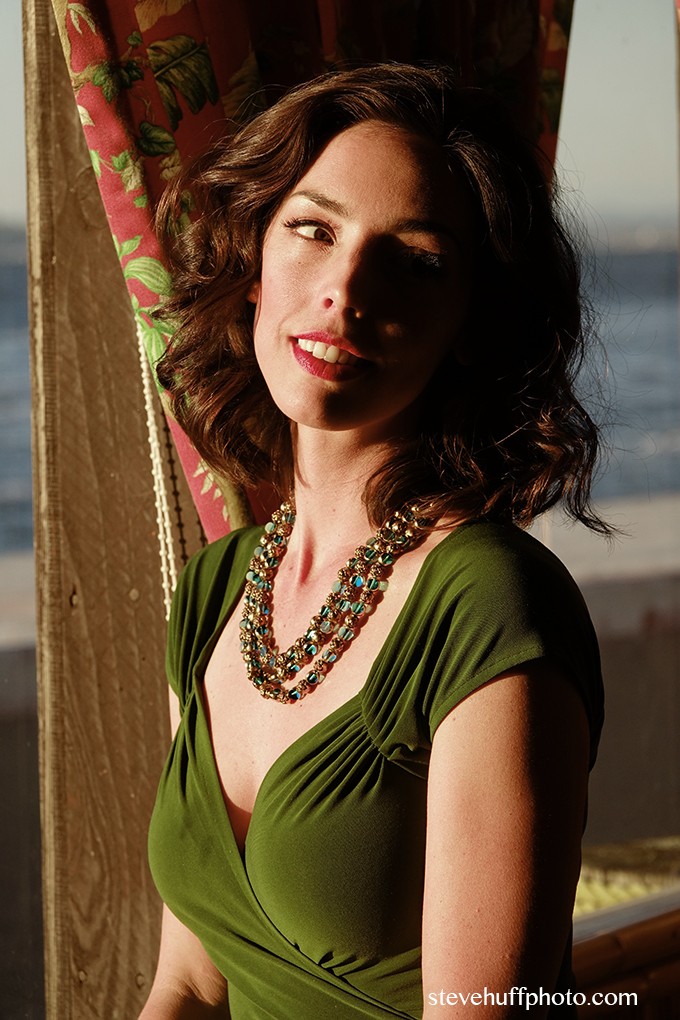
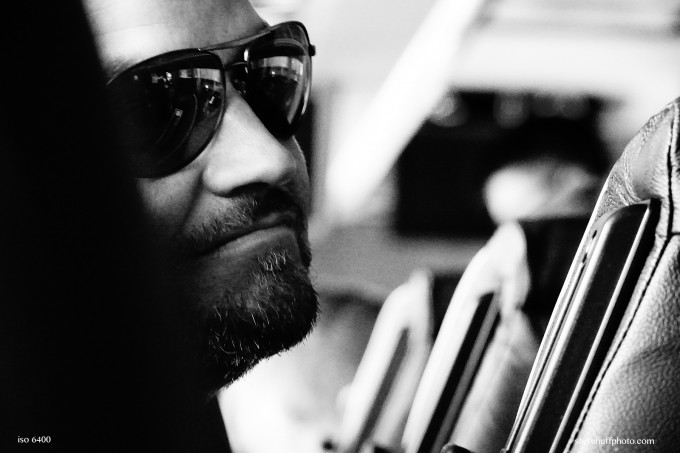
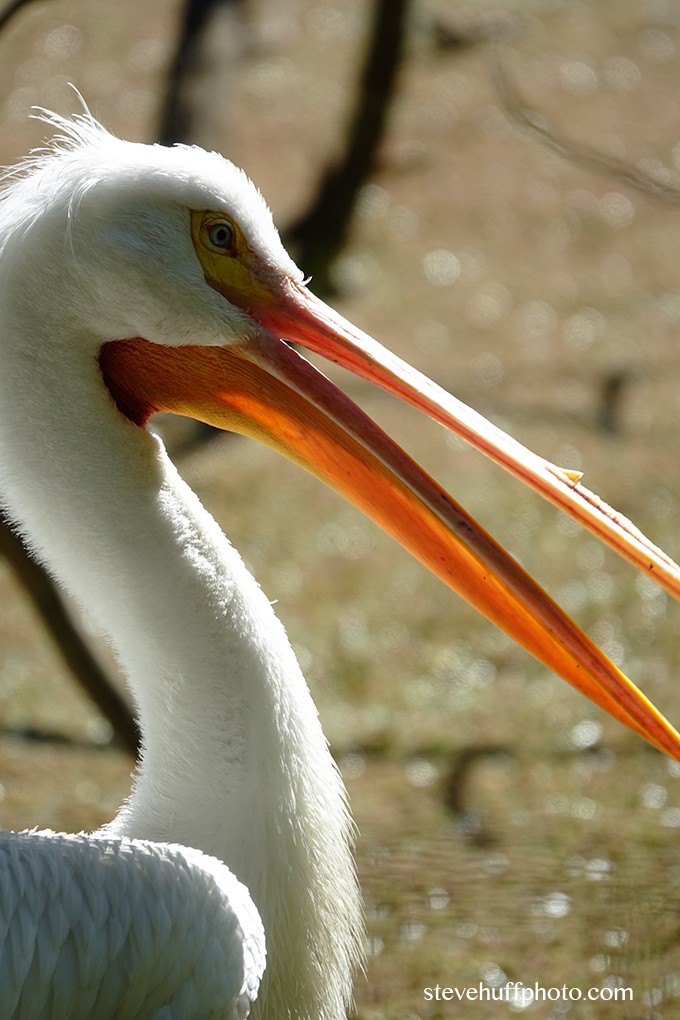
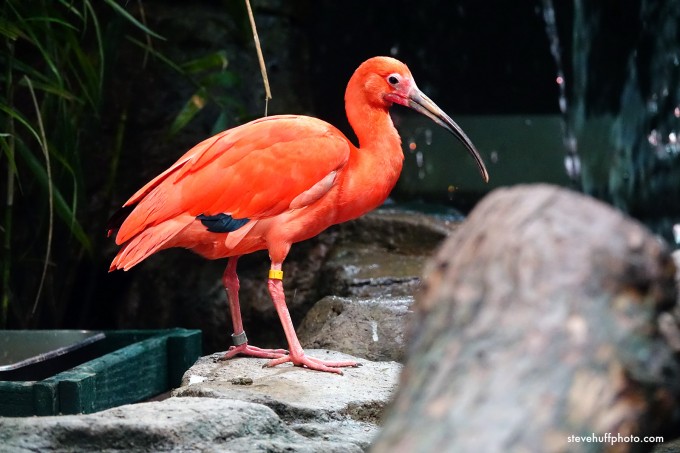
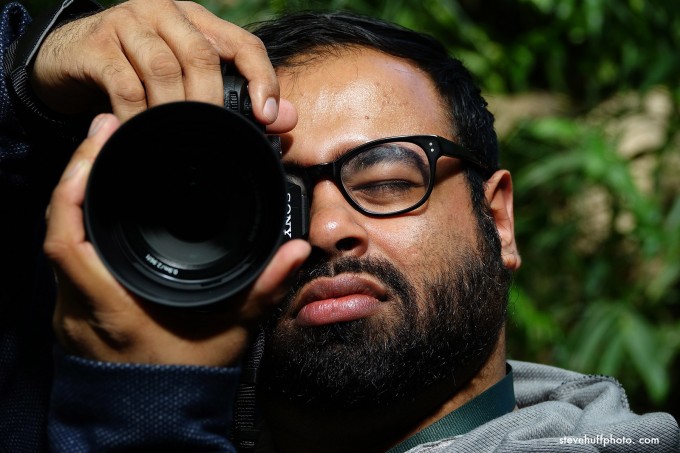

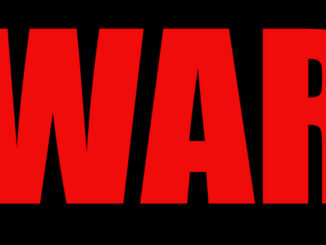
I began as a photojournalist in 1960, everything shot then with a 4×5 Speed Graphic, with who knows how many pieces of equipment, 8×10 to Minox, and assignments since.
I’ve had an RX10 III since last September and have used it for a number of professional assignments, from dimly lit stage plays to wildlife to you name it. It has been superb in most respects, though I still use my Olympus OM-Ds for some journalistic work and Nikon D800e for scientific work.
The RX10 III is the most versatile, capable all around camera I have ever used. I am the official photographer for a major blues festival in July, 4 or 5 long days of images from guitar pickers’ fingers to singers’ epiglottises to night crowd shots, and look forward this year to using the Sony almost exclusively, though an OM-D or two will be along for the 7-14mm lens and to use the 85mm 1.4 Nikkor on an adapter, very special needs.
The silly forum discussions about “what pros use” drive me crazy; what arch and uninformed judgments many of them make! During my years of covering frequent, often violent demonstrations in Asia, I used an early Canon point/shoot autofocus when tear gas made me unable to focus. It did great work at times and did not attract attention like the motorized 35mm with monster glass, nor did it represent the investment and risk. The Olympus XA was another stalwart, many images in major papers and magazines with them when they were appropriate. For upcoming political events such as the marches later this month, I’ll have an Olympus TG4 as inconspicuous back up, water proof and shock resistant. Ya never can tell.
A full frame SLR with a fancy lens is, by itself, a job, particularly if it is a personal investment. Over the (too many!) years, I’ve learned that the best images sometimes happen at the end of the event, and that carrying more gear than necessary can be so tiring that I may miss important images.
Use what you have, “pro” or not. The strength of your images is what counts and I have not had a single M4/3 or 1″ sensor image even criticized, much less refused, for the qualities that fan boys seem to think are so important. Matter of fact, the OM-Ds just scored another full cover shot. And even at my advanced age I’ll be there at the end of the day, with the RX10 III.
I personally love all sorts of photographic equipment and sincerely remain amazed by the controversy surrounding what constitutes “professional” cameras. Samples of my work can be found in 130 museum collections in 44 states, the District of Columbia, Australia, Canada, and France. A handful of images in museum permanent collections were shot with a 12mp Canon G9 pocket sized camera with a mosquito sized sensor— and more recently other museum acquired images were captured using a Sony RX100 mk4 while my A7RII was left behind. IMHO, there are countless times when carrying too much equipment simply reduces opportunity and often precludes spontaneous response time. Eons ago I had staff positions on 2 international magazines and frequently traveled with double full frame bodies, a super sized tripod, and countless prime lenses from 21mm to 600mm, plus some medium format toys. What a relief for me personally to wheel a cart full of Canon’s finest into the camera store counter— and then later walk out with a Sony full frame mirroeless, a crop sensor version, plus various Zeiss lenses, and the tiny but surprising RX100 series— all in a manageable bag— no store cart required. All 3 have been upgraded over a short space of time because of GASitis, but then all the smaller sony equipment provides me with great pleasure, and my images continue to find new homes while my body thanks me every time I pick up the smaller, lighter, newer state of the art image capturing devices. I am not in need of an all in one 24-600 lens but if I were the RX10 mkIII would certainly be worth testing for ergonomic compatibility and IQ. My opinions only.
I have a MK2 and love it. I am a pro, shoot lots of stills but having the MK2 in the bag for video is just brilliant. I am considering the MK3 but hate the lens ‘wobble’ that you can hear it rattling around when switched off in the MK2, so would expect more rattle with the larger lens.
Taken the MK2 on mountain climbs, long walks, equine events, football matches….and for video it is great. Stills are also very impressive, especially as it shoots RAW. Great little camera for travelling around, much less cumbersome than the two Canon DSLR’s. It obviously isn’t a professional level camera but as a tool in the tool set, it really is a bonus for shooting video. Having the 600mm reach of the MK3 is very, very enticing 🙂
Full review should be up next week 😉
Neil Pugh; The lens on the MkIII has no wobble at all.
I have a question, Steve. I recently bought the M3 to replace my M1 where the monitor had stopped working. What is the point of the dedicated Focus Hold button? I know it can be programmed for other functions, but why would you set it at the default function? You can get the same result (and, IMO, a lot easier) just by partly depressing the shutter. I can understand a Focus Lock button, but fail to see the utility of a Focus Hold. So, what am I missing?
Thanks
I think the focus hold button is used when you have AF set to continuous the hold button locks focus. In continuous AF mode the shutter button does not lock focus but simply initiates it..
Thanks, Tom. That does explain it. Wish it had the toggle on/off option (like AE Lock)–that would make it useful for me in other situations.
a couple of weeks ago I held Sony RX10 III in my hands at a dealer in London. The first thing I noticed, before switching on the camera, was that the lens seems to to move inside the camera when you slightly shake the camera body. When the camera was switched on the lens seems to become firm and the shaking is gone. I understand that the lens changes its position when the camera is switched on and therefor the lens is no longer loose. However, in my understanding, the ‘park position’ of the lens when the camera is switched off should actually hold the whole lens system firmly in place.
Now my question: was this a problem with this particular camera I had in my hands or is this by design and all RX10 III behave the same way?
All are like this, normal for this camera.
For the same amount of money (1.600 euro), someone who is serious about photography, can either buy the Canon EOS 80D (1.200 euro) or even better the Nikon D7200 (1.000 euro) with the Nikon MB-D15 battery grip (300 euro) attached, paired with the Sigma EX 17-50mm f/2.8 DC OS HSM (350 euro). Both feature much larger, over three times the sensor area of the Sony Cyber-shot DSC-RX10 III (3.73 square centimeters instead of 1.16 square centimeters), APS-C size sensors (23.5 x 15.6 mm) with higher resolution (24MP) in comparison to the 1″ (13.2 x 8.8 mm) 20MP sensor of the Sony Cyber-shot DSC-RX10 III, which in addition offer much better image quality, color depth, dynamic range & low-light ISO performance. Furthermore, both the Canon EOS 80D & the Nikon D7200 offer wider native ISO range, AF systems with more AF sensors which can track moving subjects fast & accurately assisted by excellent optical pentaprism viewfinders with 100% coverage and higher magnification in comparison to the Sony Cyber-shot DSC-RX10 III, 1/8.000 maximum mechanical shutter speed, 1/250 sec. flash X sync speed and finally more than double battery life, which can be further extended up to four times the battery life of the Sony Cyber-shot DSC-RX10 III with the use of battery grips.
You just don’t get it do you. How much for those cameras with lenses covering 24-600mm equiv. It appears there’s a lot of jealousy toward Sony these days from fan boys of other brands that lag behind technologically. Every camera made has some drawbacks. The idea is to buy a camera that best suits your needs. Maybe you can’t afford this camera but I can and bought it. I now own 4 cameras and 7 lenses. I feel sorry for you that you’re too broke to be able to buy this exceptional camera. As far as your sensor size argument, why buy a camera with a tiny APS-C sensor when FF is available? Why buy a camera with a tiny FF sensor when Medium Format is available, Sorry but your weak arguments don’t hold water.
Right. I have two Nikons and 5 lenses from 50mm to 500mm and I love them. I bought recently the Sony rx10 III and it goes with me wherever I go. Very convenient. Takes very good photos, especially with my interest in wildlife (have shots of bald eagles in the wild). I would use Nikon for serious shots indoors but my Sony goes with me all the time.
Gee, Odysseas, you have been scattering this exact same trollish post all over the internet. What’s with this mission of yours to diss this camera? If you don’t like it, don’t buy it. It’s that simple. Everyone knows that it’s a 1″ sensor, so why even bother to read reviews of it if you don’t want that size? Much better to be out shooting fantastic pictures with a Canikon like the supremely talented and serious shooter that you are.
He’s a Troll.
I’m not sure what you’re on about. This camera shoots exquisite images near and far, period. Given that 99 per cent of us don’t print out our photos, a one-inch sensor is just perfect for desktop monitoring, iPad use etc. The whole reason I’m buying one is because I’m fed up with ‘which lens to take’, dust on the sensor, dust in the viewfinder, a viewfinder that doesn’t show me exactly what the final image will be, a mechanical shutter that makes a racket. I could go on…
no reply on our April 12 note?? your answer is important to us.
many thanks, tom and marj
we shoot a lot in very dark settings – industrial, museum, interior. and thus want/need cameras that perform well in low-light settings. we currently shoot the Sony A7S. how would you compare these two in low-light situations, especially concerning noise?
thanks, tom and marj
Hi
I am surprised you review this camera. I thought you did not like bulky camera with DSLR form factor.
I would recommed you take a look at the panasonic GH4 or G7 for your video. Lighter and bigger sensor than RX10 series. Unless you absolutely need to shoot video at 600mm (wild life?) I do not see the point of this camera.
The Ginger Frog
I reviewed the RX10 Mark 1 when it was launched as I enjoyed it for its video capabilities and nice lens. This is not something I would buy today but its much more versatile than buying a DSLR and having to buy a HUGE 600mm lens for it. This is MUCH MUCH smaller than ANY DSLR with a 600mm lens. As in 1/5 the size, so yes, I will review it 🙂 It’s mirrorless, it has video capabilities and lens capabilities OUT OF THE BOX than no DSLR or other camera gives, so it is unique and it is pretty bad ass actually. Ive looked at the GH4 and G7 for video and photo, I am just not personally into Panasonic bodies or IQ. I get to test EVERYTHING, so I am lucky as I can buy what I truly love and adore, and not have to worry about getting something I do not. So I write about my opinions for what I like, as I have done for nearly 8 years. Not about to change now. The point of this camera is it offers you everything on one body. A 24-600mm lens, yes, you can shoot at 24mm as well 😉 not just 600. It offers f/2.4 at 24mm and f/4 at 600mm. How large would your f/4 600mm DSRL lens be and how much would it cost? Video is recorded in 6K, down sampled to 4K for what sony says is the best 4K footage available in a still camera. Ive seen samples and it is astonishing. Better than what I see from GH4’s, etc. It has a swivel LCD, a nice EVF, a nice ISO range, is fast, and has little things like being able to see around your 600mm frame in the EVF or LCD at the touch of a button…all kinds of things. The lens is a Zeiss collaboration and all of this in one body about the size of a small DSLR and kit zoom for just a little more money. Build is great, weather sealed and all around a versatile monster of a camera. There are many out there who LOVE what this offers and some who do not. But just because you do not like it does not mean there are not thousands out there dying to get one. Thank you.
Hi Steve
Thanks for replying.
I wasn’t comparing it to a DSLR or saying DSLR would be better. I know it serves different market segment.
I was saying it has the form factor of a DSLR.
Just comparing to other mirrorless options. A G7 would be better for me, more versatile and I prefer panasonic video. Sony colors are a bit over the top for me but this is subjective of course.
Thanks for the review.
The Ginger Frog
Well I own a GH4 and an RX10mk1 and the highlight handling on both cameras is borderline however Sony’s SLOG2 helps while panasonics VLOG is an expensive add on that has some serious issues.
You don’t see the point of this camera? Great! That means it’s not for you. And you don’t have to buy it. For those who do see the point (long zoom, great video, great burst, many other features) it is appealing. Some of us will wait to see if the price drops, but that is a different issue.
But it’s not a 24-600mm lens, it’s an 8.8- 220 lens, it saiys so on the barrel…
Hey Steve,
Thank you for your fist look at this great camera.
How does it fair against the FZ1000 for auto-focus?
Or in general is the auto-focus fast & accurate & can it be used for moving subjects?
Thanks.
I only had it for hours, and no action subjects. When and if I get one for full review (or buy one) I will do a full review and test this for you. Thank you.
Is the size the same as RX10 II? Or is it more bulky like Panasonic FZ1000?
Sae size, shape as the RX10 I and II with a slightly improved grip and slightly beefed up feeling (more solid).
Sony has really outdone themselves with this one…and 1″ sensor to boot. Still, budget and common sense says Nikon 5300.
As a pro I’m seriously tempted by this for some jobs where carrying around two Nikons, one of which has an 80-400 bolted on the front, brings unwanted attention. Providing the sensor and raw files are maybe 50-60% of a D800 I think it would be the perfect compromise. Not as good, but good enough considering I can actually get the job done without endless security interference! And good value…
What jobs dictate you have a huge lens and are concerned about, “unwanted attention. “?
Not as sinister as it sounds! I’m often asked to photograph shopfronts in London, or general lifestyle scenes around town (people having coffee etc.) and it would be really handy having a discreet camera rather than using the 80-400! Just bought a lovely Olympus PEN-F, which dies the discreet bit but not the long lens bit…
This then is completely the wrong camera for discreet street photography, the a7 series or of course the Leica M.
Either way, a 35 or a 28mm lens is going to be your best friend.
Have you seen http://nickturpin.com/portfolio/street-photography/
Nick’s work is excellent, he and I were both shortlisted for that Independent Newspaper job whilst at college, he then stayed on as a staff photographer and he did an excellent job, far better than I could have done!
Ps- you might like to catch up with the Richard Gere movie, “Time out of mind” , half of it is shot though windows, lots of reflections, lots of unusual framing.
They shot him much of the time where no one around knew there was a camera hidden, it is worth seeing just for the camera work let alone Gere’s performance.
Hi Paul
I also shoot shop fronts between aerial drone stuff. Have you considered a DJI Osmo. It’s a small handheld gimbal camera that shoot super smooth video. No one will even know it’s a camera. Even the basic X3 model shoots in 4K and RAW. But the new X5 is better. The X3 costs around £400 and the X5 much higher.
On second thoughts I just read you photograph not video, in which case you’re better off with your own setup. The Osmo is perfect for smooth video though.
I wasn’t a big fan of the RX10 original, but the RX10ii added 4k and slo-mo, making it more compelling. Now the RX10iii adds another 400mm of reach bringing it in line with other superzooms.
It seems you buy this camera for one of two reasons: You need reach and want to travel with one camera/lens, or you want fantastic 4k video with reach and no need for another external device to do it.
Nice solution if those are your needs.
That 50mm 1.8 lens though… man, I can’t wait to hear more!
I may have glossed over it in the article, but how was the AF in the middle to long end of the zoom?
Specifically performance of speed in acquisition and accuracy. My portrait kit is solid right now. But the real advantage being the zoom legnth it is an important gauge for me, thinking youth sports and general wildlife (maybe a stretch but even the occsional bird in flight).
Thanks again, love that the hands on update came out the day of the release, and also the images seem better than another site I frequent which is encouraging.
Hi Steve,
Many thanks for all your great and enthusiastic articles!
In the case of this new Sony RX10 III I don’t think it’s fair to say it has a 24 mm f2.4 – 600 mm f4 lens. If you apply the cropfactor to the focal length you should apply it to to f-stop as well. A 600 mm f4 would be huge… This Sony has more like a 24 mm f6.5 – 600 mm f11 35 mm eq. Not quite as impressive, is it..;-).
No, for light gathering it is a true f/4. The only area where the aperture does not match up between full frame and crop is with DEPTH OF FIELD. For light gathering you have a 600mm f/4. I am still surprised there are those out there who think the opposite. This has a 24-600mm equivalent zoom, and at 24 you have light gathering of f/2.4 and at 600mm you have the light gathering of f/4 (if you so desire).
So these pro wildlife and sports photographers are just in love with the tiny depth of field they’re getting from their massive 600 mm f4 beasts? 😉
Sorry, I know you are all about real photography and not so much about the theory and pixel-peeping. And I love that. But you’re just not right about this one.
F-stop is defined as focal length divided by the diameter of the entrance pupil (effective aperture). If you change the denominator (focal length) you have to change the divisor (diameter of the entrance pupil in mm) as well keep the same outcome. You simply can’t do the last (change the actual entrance pupil) so the f-stop changes accordingly. So far the algebra.
The (total) amount of light gathered by the lens does not change because you use a smaller (crop) sensor.
In order to maintain the same level of brightness (for a given aperture, shutter speed and ISO) a crop sensor camera (like the Sony RX 10 II) will amplify the light it gathers. That’s just how ISO works. By this amplification the camera introduces noise. You can check this out by comparing a picture with the same angle of view (corrected focal length), aperture, shutter speed and ISO with a crop sensor camera and a full frame one. The camera with the smaller sensor will have more noise because it gathered less light (signal-to-noise-ratio is worse, because the signal (light) was less).
Pardon my English, my Dutch is better.
So when I put an RX10 side by side with an A7s for example, and have the lens on the 10 set to 50 and f/4 and the 50 on the a7s set to f/4, you are telling me I can not set the same ISO, and shutter speed and get similar results? WRONG as I have done this test many times with all kinds of cropped cameras. I can set the A6300 and A7 side by side, same lens, same setting, same ISO, same aperture and they will be exposed the same. This tells me, the light gathering is exactly the same. So you can write all of the technical terms you want, in the real world, shooting the 10III will not give you DOF of a full frame camera and lens at the same aperture but will give you the same light gathering. I just did this test with the RX100 IV which uses a 1″ sensor next to the A6300 which is APS-C. Both set to the same ISO of 200, both set to f/2 and both set to 1/30th of a second. Both exposures were exactly the same – as in both were exposed the same and properly. If the smaller sensor had less light gathering I would have had to crank the ISO up or lower the shutter speed, yet I did not have to. That is because f/2 is f/2 no matter what lens or camera you use when it comes to gathering light and measuring exposure.
Hi Steve,
No I’m not saying that. But we’re getting close…;-).
What I said (or meant to say) is that if you take your RX10 and your A7S, put them both at the same angle of view (corrected 50 and 50 mm), same aperture and same ISO, you will a) get the same brightness and b) have more noise on the RX10.
This is because ISO (for digital cameras) is (and I quote wikipedia here because my English is not good enough) “specified by the manufacturer such that the image files produced by the camera will have a lightness similar to what would be obtained with film of the same EI rating at the same exposure”.
In other words: ISO is correlated with sensor size, not independent from it. So, simply put, set the same aperture (f4), corrected focal length (50 mm),shutter speed and ISO (100), and your cameras will calculate how the brightness would be on a 35 mm film camera with an ASA 100 film in it. The RX10 will now have to amp up the sensitivity of its smaller sensor (because less light is gathered) in comparison with the A7s.
It is because of this the A7s will have less noise than the RX10 (minor technical differences aside).
You can not ‘read’ light gathered by looking at your settings and ISO. Because ISO already compensates for more or less light gathered by definition. The necessary amplification is not reflected on the ISO-level. So yeah, you get the same exposure/brightness on the A7S and the RX10 with the same settings. But the RX10 had to work harder to accomplish this and thereby introduced much more noise. So look at the test you did with the A6300 and the RX10 again. Open up the files and look at the image quality and noise levels. My ‘prove’ is there, not in the settings.
I hope this makes sense.
A non-technical argument is looking at those pro-photographers with their big kits. Especially in sports and wildlife. I bet they would love a lightweight 600 mm f4 with the same image quality as their 10.000 dollar Canikon full frame equivalent. The don’t care much about depth-of-field. But shooting with a Cx or other small sensor would introduce so much noise (using the required shutter speed) they wouldn’t be able to sell their pictures to their customers…
No offense Steve. Not trying to be an ass here. Love your pictures and reviews anyhow.
So your beginning argument was wrong – that light gathering is NOT the same. When I can use the same settings on a 1″ sensor and full frame sensor and get the same exposure from each file, they are gathering the same light at the same aperture. Not all sensors are created equal and it has always been that the smaller the sensor the more noise. I will also say that ISO 100 on a small sensor is the same as ISO 100 on a full frame, and will yield the same exposure with the same settings, as it does and should. Your initial argument had nothing to do with noise.
Niek is correct. It’s like Spinal Tap… “why don’t you just make 10 loudest…” “but this one goes to eleven!”… the dial says ISO 100, but that’s just what they label it.
Sorry, but Niek is INCORRECT! Think of it like this: if I take a full frame Sony A7S and stick masking tape around the edge of its sensor leaving a smaller usable area in the middle (say m4/3 size for example), I have not suddenly reduced its ability to produce noise-free images… it’s the same sensor, unchanged! Same lens, same aperture, same exposure, just smaller area actually used. Noise resistance has nothing to do with sensor size, it is to due to the surface area of each individual pixel on that sensor. The bigger the pixels, the better.
Now, if I decided to leave the masking tape on permanently, in effect I now have a m4/3 camera! That means most of the glass in my big 600mm f4 lens is wasted because it’s projecting onto tape. So now I only need a 300mm f4 lens to get the same image I used to have on full frame, because m4/3 is half the size in width & height. But Steve is 100% correct: f4 is always f4, no matter what focal length. The exposure (light intensity) STAYS THE SAME, just the image size is reduced to match the smaller sensor. That’s why the RX10iii only needs a 220mm lens to give a 600mm equivalent magnification. But it’s still f4, still the same exposure of light on the sensor! Does this help?
I thought if you’re measuring the actual physical light-gathering properties of a lens, it’s best to refer to the physical proportions of the lens. So, you’re setting f4 on a 220mm lens. The fact that it has the same angle-of-view as a 600mm full-frame system is a separate issue.
Hi Steve, great shots. What’s the F stop at 200mm for the RX10III? Would the aperture at this range be as good for low light as the II for things like indoor high school theatre ?
I would not use any 1″ sensor for low light high school theater. You will have too much noise. It can be done but the ISO would be cranked and you would have even less Dynamic Range. But, at 200mm…not sure as I only had the camera in hand for a few hours. When I get one for review I will check on that, or maybe someone else has already.
My RX100 at f4-ish asks for ISO 800 at night in fairly well light indoors. The result not very good. Better with no zoom but better quality on my (old?) X100.
the lenspowerspeed in RX10 is rather slow. How is your feeling with the RX10III? Is the zoom from W to T slow again , or did Sony put a faster Motor inside?
It’s still slow-ish. I would have preferred the zoom be manual, bit it is motorized. Which IMO is another weakness which would be pointed out in a full review.
yes, steve is right, pros are using this for a lot for 4k video because of the amazing zoomrange and slog, see phillip blooms facebook post for example:
“Philip Bloom
29. März um 18:54 ·
I used the Sony RX10 II a lot on the Wonder List, especially in the upcoming Colorado River episode. I had an underwater housing for it so all that lovely super slow motion on the river is that camera as well as a lot of the driving along super slow motion shots (which also featured heavily in the opening Cuba episode)
It’s a terrific camera and an important part of my documentary shooting kit.
Sony have just announced the replacement (already!) although the feature that is different is that instead of a constant aperture f2.8 24-200mm equivalent it is now 24-600m F2.4- F4. That is a long lens especially with the clear image zoom which extends that 2x!”
Hey Steve
Great first look, thank you.
Can you please comment on the auto-focus. Is it comparable to the FZ1000 or does the Panasnic camera leave this one for dead?
Thanks, Dave
Looks like an interesting run, gun, shoot cam. and great for both travel and documentary.
Any idea what the max. aperture is at 200mm equiv. Steve? Wondering how it compares to the RX10II’s f2.8.
I read an article examining that, and believe it sait the lens was f4.0 from 135mm on.
Thanks. That was my guess based on the sample images. Much appreciated!
What camera or brand doesn’t have to do with being a pro or not… Yes sometimes certain gear is needed for certain assignments. But in general, it is the photo that counts. No client ever did asked about my gear. For example, did have publications many times, taken by a compact LX3 camera
An RX1RIii? I know Sony’s refresh cycle is quick but…
I know you don’t like people to call out typos but the one in the title probably gave some Rx1r2 owners a heart attack
Lol, oops! I wrote this VERY quickly as I had only moments before I had to leave for the airport to head home. With all of the RX and R names, must have twisted my brain for a moment!
Not just yours Steve! All the manufactures Olympus and Canon also, OmD what? X what, GX what, Rx what?
I can’t wait to see the full specs of this camera. For Video this 24- 600mm and downsampled from 6k is such a great deal. What are the bit rates? I am very tempted to get this as soon as possible. I’d even put the A7sIi and lenses on hold a little longer.
Tom cool down, if you don’t like it don’t buy it.For me as an enthusiast who is never going to buy a 600mm 5.6 from other manufacturers this is a fine addition.It’s a camera man ,i’m more interested in it fitting into my way of shooting be that by features or ergonomics.Take in the information from reviewers and make your own decision based upon your needs.Sorted.X
Pretty nice images, but one ugly looking camera for my taste…
Funny, my opinion is the exact opposite! I think it looks awesome… ultra modern, like a beautiful piece of sculpture. I love it! Though I admit the sharp edges might be prone to scuffing after long term use, and then it won’t look so pretty. Also, the hand grip looks perfect, I wish all cameras had decent ergonomics like that. Well done Sony!
I’ve never understood comments about a cameras looks.
Well, allow me to help you by asking a hypothetical question: if you had the choice of purchasing a cube shaped camera that looked like the Kodak Box Brownie from a century ago, or a Sony RX10, and both were technically capable of producing the same photographic results and cost the same price… which would you choose? It is human nature to be attracted to something that is aesthetically designed (pride of ownership), and for any equipment held in the hands, ergonomics are part of the equation too.
Don Bate
Bad, extreme and unreasonable example because the cubed shaped Box Brownie would be an ergonomic nightmare. Now for a more reasonable example If it looked, like any other modern digital camera I wouldn’t care because they all look fine to me so I would purchase based on which camera does the job best for me. In other words every single digital camera made that I have seen looks fine to me as long as it gets the job done. BTW, I think the RX10 cameras are aesthetically very attractive.
One error: perfect camera for Pro’s?
Not even close, as well the a7rmk2 image proves emphatically.
This camera has Enthusiast writ large about it.
Technically, impressive, but it will appeal to the enthusiast who wants a one-stop camera and maybe one or even two lenses.
In short order this camera will simply fade from view, it’s not one thing and it’s not another, it pampers to those who think a 24-600 zoom is what they need in their lives to cover every possible scenario, perfectly understandable if you’re going on a trip of a lifetime to the Masi Mara.
Next!
Never said it was PERFECT for all pros, mainly VIDEO pros. Did you know over 60% of RX10 II users are professionals to usr for professional applications? Guess you did not know that.
All around the globe?
Most strange, I have never once seen one. No such cameras are listing the World Press awards that I saw.
Me thinks Sony are spinning some neat webs, being selective in what they omit to tell people.
Or is that three people bought them, two were purporting to earn their living from video, then they collectively put them away?
* no idea about video pro’s outside of weddings.
I think most pros own more than one camera. If they need a big zoom with lots of DOF, and they need F4 because of low light, a 1″ sensor might be just the thing.
Most pros own several cameras so they probably have this as one of many. This is the one they would use when they want a convenient all in one that is also great at video.
well, and how you would know that? Did they say so? 🙂
Factual stats.
As the saying goes “lies, damned lies and statistics”.
You might want to check out some of the professional work done by Bob Kirst, or Brandon Li, with the RX10II (at least for video).
No need.
We are on, lest I need remind anyone, Stevehuffphoto.
Again, if you want to discuss video there are sites, I believe, for the moving image.